The complete guide to Earl Grey tea
What is Earl Grey tea?
A common misconception about Earl Grey tea is that it is a category of tea in of itself, but that isn’t the case. It is classed as a flavoured tea. Flavoured teas are described as any type of tea that has been flavoured or scented with fruit, flowers, oils, extracts, spices, and either natural or artificial flavours.
Early Grey is one of the most well-known and recognised teas in the world. It is an iconic British tea that is normally a black tea base flavoured with oil from the rind of a bergamot orange.
This citrus fruit sits comfortably between an orange and a lemon when it comes to appearance and flavour, with a hint of grapefruit and lime thrown into the mix. Modern variations of the bergamot orange are said to be a combination of the bitter Seville orange which is native to the Mediterranean and a sweet lime/lemon belonging to Southeast Asia.
So, the big question is how did Earl Grey become synonymous with England and make tea fans around the world fall in love with it?
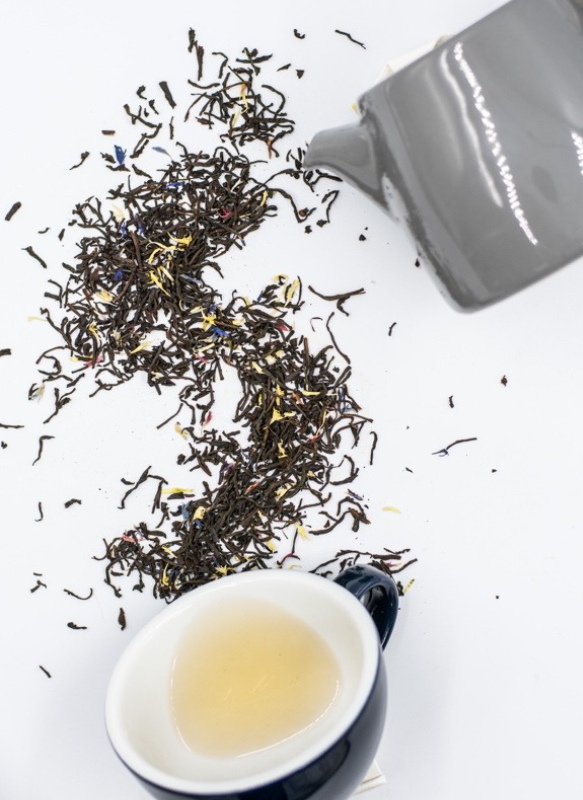
The origin story of Earl Grey
Despite Earl Grey being made popular by the English, it was not invented there. Scented and flavoured teas are a trademark of the Chinese. Early Chinese tea masters were always experimenting with how to make their teas more exotic, to both capture the attention of the reigning emperors and for the business of worldwide trade merchants that wanted to return home with original Far Eastern flavours.
From fragrant jasmine flowers and wild rosebuds to bitter oranges and sweet lychee fruits, Chinese tea masters added various fragrances and flavours to their loose leaf tea to create distinctive and delicious beverages.
One historical origin story of Earl Grey details a Chinese mandarin tea master who blended the first Earl Grey tea as a present for Charles Grey, the 2nd Earl of Grey and Prime Minister of the UK between 1830 and 1834.
The Grey family said that the tea master infused bergamot as a flavouring to complement the lime of Earl Grey's estate's well water, located near Newcastle.
Earl Grey’s wife, Lady Grey, loved the tea and it soon became she used when she was entertaining guests. Word spread and the tea became popular with London society, so much so, that Lady Grey requested tea merchants to recreate it.
It is often debated which tea merchant first marketed the Earl Grey blend we know and love today. One thing is for certain though, despite everything the 2nd Earl of Grey did during his political leadership, he is mostly remembered for his namesake tea.
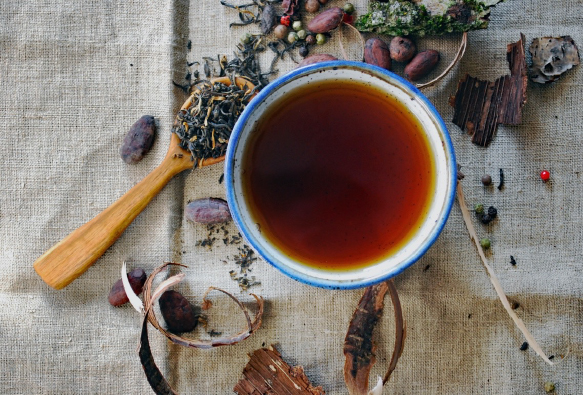
How is Earl Grey tea made?
A tea is usually flavoured or scented at the end of production when the tea leaves have dried. One method of flavouring tea is by blending it with herbs, flowers, and spices so that all the combined ingredients are more appealing to look at and now have their taste and smell infused into the tea.
Another way that tea can be flavoured is by coating the completed tea with extracts, essential oils, or flavouring agents either during or after the drying process. This will add a much stronger flavour to the tea whilst using less ingredients. The flavouring-to-tea ratio is the decision of the tea manufacturer, meaning the flavours that will be at the forefront in a brewed cup of flavoured will vary depending on the brand.
Loose leaf Earl Grey tea is broadly defined as a black tea that has been flavoured with bergamot oil. There is no set way to make Earl Grey tea, which is likely the reason why each earl grey tea you have tried has probably tasted a bit different.
The most important variables that influence how Earl Grey tea is made include:
te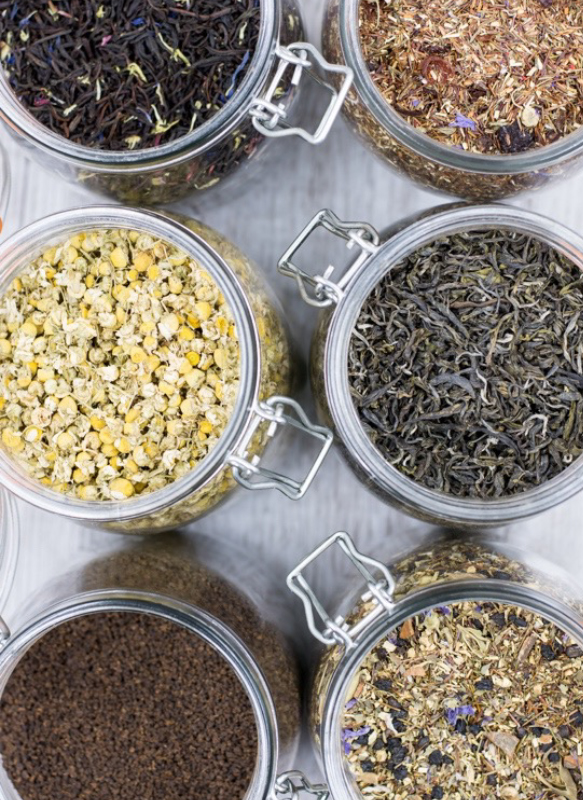
The type of tea used
Traditional Earl Grey tea is made using a base of black tea leaves, but the black tea can be anything from Ceylon to Indian to African. Earl Grey tea can be made with a single type of black tea or a blend of multiple black teas. The flavour of the tea will depend on the characteristics of the tea plant and the processing style of the tea master. Bergamot is used to give Earl Grey tea its flavour. Synthetic bergamot is popular with manufacturers because it is consistent and does not have any real citrus.
The type of bergamot used
Both natural and synthetic bergamot is used to give Earl Grey tea its flavour. Synthetic bergamot is popular with manufacturers because it is consistent and does not have any real citrus. This means it is safe for people with allergies to citrus.
The flavour of natural bergamot can vary a lot depending on the location it was cultivated in and how it was processed. Natural bergamot is often characterised as a sharp and boldly citrus flavour. Most commercially grown bergamot comes from Southern Italy, a huge 80% is sourced there.
The amount of bergamot used
The unique style and art of the tea master will determine not only which type of bergamot is used but also how much of it is added to a particular Earl Grey tea blend. Depending on the flavour of the base tea, the tea master might decide to include just a subtle amount of bergamot flavour so as not to hide or disrupt the delicate flavour of the tea leaves.
Alternatively, a tea master might opt to give a potent and sharp black tea a big kick of bergamot to match the strong flavour profile of the tea leaves.
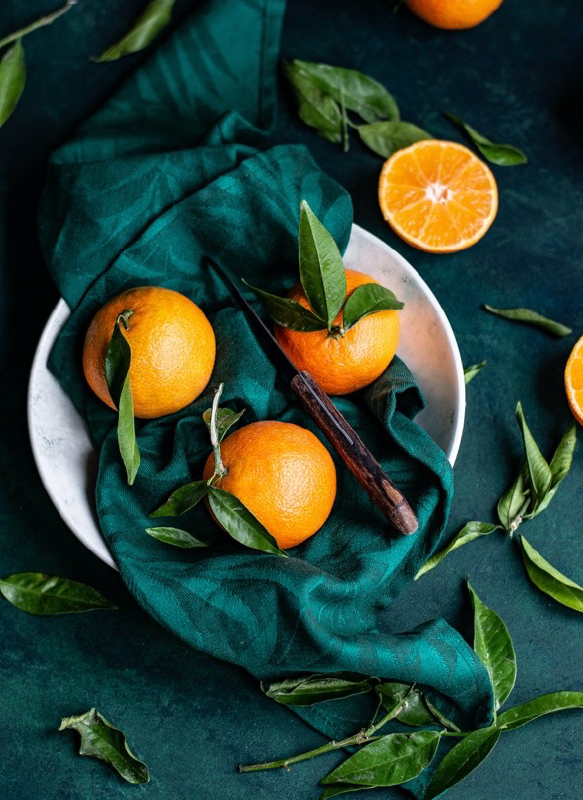
Tasting Earl Grey tea
Bergamot's sweet, floral, sour, and even bitter flavours balance perfectly with a bold, full-bodied, malty black tea. Everyone has different preferences and enjoys Earl Grey tea for different reasons. For some people, a flavoured black tea is nicer to sip, effectively covering up some of the more astringent or bitter notes that might come through in the tea leaves. For others, a flavoured tea is an opportunity to explore more exotic, interesting, and a broad range of tea flavour profiles.
Various regions around the world and many tea marketers have formed their own versions of Earl Grey tea, some of which go in a different direction, away from the standard black tea base. Some of these more well-known variants include:
- Flavoured teas are a popular part of English culture, with the country blending Chinese Lapsang Souchong black tea with Earl Grey for a smokier version of the classic brew.
- Lady Grey is a blend of Earl Grey that is said to be more subtle and floral than the traditional flavour, but a lot of manufacturers offering this blend have different approaches with it.
- In France they add lavender to Earl Grey for an original French version.
- A green version of Earl Grey can be produced using green tea instead of black.
What is the caffeine content in Earl Grey tea?
An Earl Grey tea made with a black tea base will have a similar caffeine content to any other cup of black tea. As with any beverage that comes from a caffeinated plant, there are several factors that can influence the levels of caffeine in your cup of Earl Grey black tea.
This includes how the plant was processed and the method used to brew the tea. If you compare coffee, black tea, and green tea, the most caffeine content per cup is usually found in coffee (95 to 200 mg), followed by black tea (14 to 61mg), and lastly green tea (24 to 40mg).
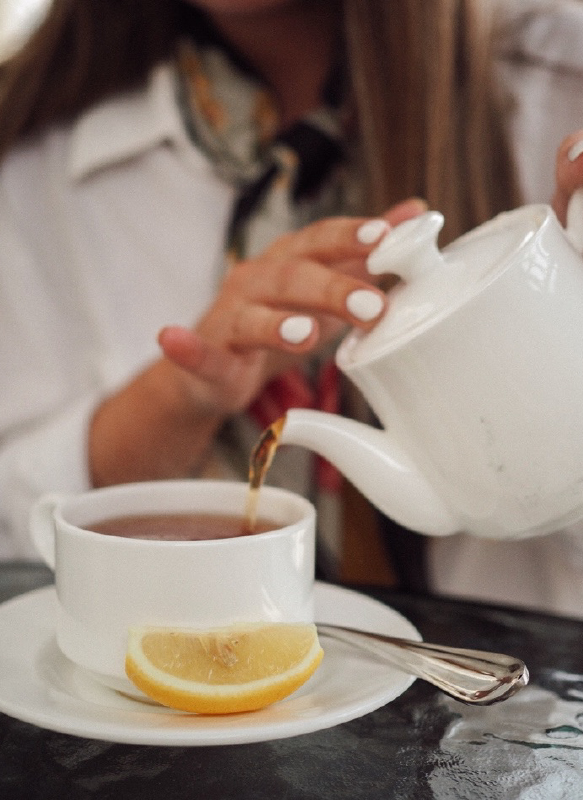
How do you store Earl Grey tea?
Like with any black or green tea, properly storing a flavoured tea will make sure your tea stays fresh for as long as possible in your kitchen cupboard. It is always best to buy from a reputable company like Pumphreys, as we can provide you with detailed information on when and how the tea was processed and packaged, as well as offer freshness and storage tips.
Generally speaking, an oxidised black tea has a more stable shelf life than its fragile green tea cousin. However, teas that have been flavoured will have a shorter lifespan than a standard black tea. Whilst your flavoured tea won’t go “bad” if it is left for a while, it can become stale and lose its flavour potency.
If it is stored correctly in a cool, dark area in an opaque, airtight container that is completely blocked off from light, moisture, and other items like coffee and spices that can tarnish the flavour of the tea leaves, flavoured teas can stay fresh for around six months to a year before they need to be used or replaced.
How to prepare Earl Grey
It can be helpful to ask your tea vendor for brewing instructions that are specific to the tea you are buying. This is because flavoured teas can have different ideal brewing temperatures and steeping times. Below are a few tips for brewing Earl Grey tea for you to create your perfect cup of tea:
- Use fresh water
- For an 8 oz. cup of water, using around 1 heaped teaspoon of loose leaf Earl Grey tea should be reasonable.
- Cover your tea while it steeps to prevent any heat from escaping and leave to stand for 3-5 minutes.
- Try not to overstep your tea. The longer tea steeps, the stronger the flavour becomes. This also causes the tea leaves to release any astringency and bitterness more quickly. Taste the tea after the recommended steeping time and decide if you want it a bit stronger.
- The majority of Earl Grey teas are designed to withstand milk and sugar in accordance with popular English teatime traditions. For an authentic education in the flavour differences in various types of Earl Grey tea though, try drinking it plain with no additives.
Enjoy the finest flavours Earl Grey tea has to offer with a bag of Pumphreys tea today.

 Pound Sterling
Pound Sterling
